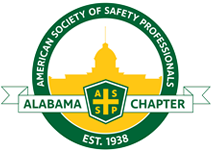1. Know Your Risks:
We and our families face many different types of hazards. It is important to learn the risks you face and ways to stay up-to-date with current conditions. Taking action now may give you and your family the power to protect yourself and your property. There are protective actions that you can take to protect your family and property before, during and after a disaster. They include:
- Have the skills to assess the situation quickly and to take effective action to protect yourself.
- Get involved with preparedness training and volunteer programs.
- Put together an emergency fund of cash and supplies
- Decrease the potential impacts of hazards.
- Prepare a family disaster plan and practice the plan.
During your planning don’t forget to consider the needs of children, the elderly, and those with disabilities. Also, be sure to consider the transportation needs for you and your family, recognizing that a disaster may impact normal route and transportation methods. Finally, you should also make sure to plan for your pets or other animals, which are frequently overlooked in disaster planning.
Many disasters happen with little or no warning. You need to be ready with the appropriate skills and knowledge to act immediately-often before you have instructions from authorities. After an event, it is important to first assess the situation before deciding to stay or change your location.
- Assess the Situation: When something happens without warning, it is important to take a few seconds to figure out your most effect next steps. This include identifying the type of event that occurred and whether there is immediate danger, such as damaged buildings or downed power lines. The goal is to be safe and stay out of harm’s way!
- Decide to Stay or Change Locations: The next step is to decide whether it is safe to stay in your current location. In some situations, you should stay where you are, while in others the safest option is to change locations.
Tomorrow will learn how to make a plan.
**Note: this information can be found on www.ready.gov.
Tina Arthur, CHMM
Environmental, Safety, Health, & Security Manager
Hager Companies
